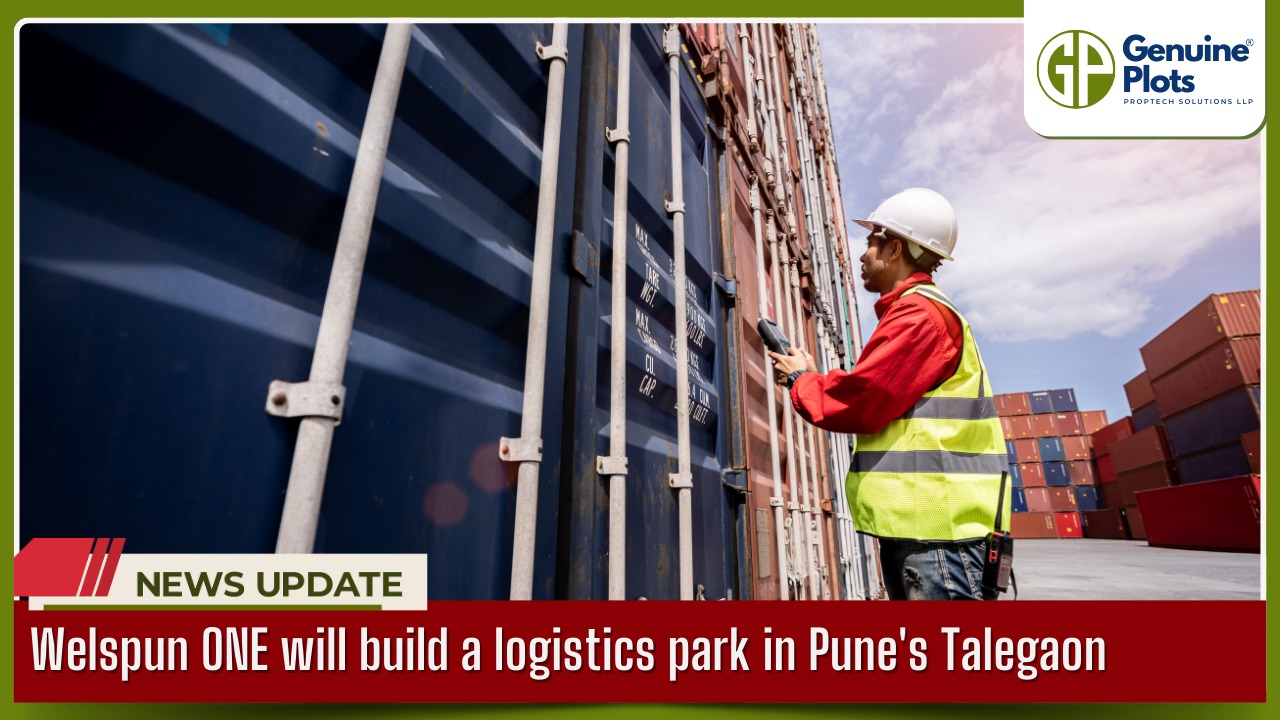Prev Post
Difference Between Agreement for Sale vs. Sale Deed Essential Insights for Plot Property BuyersThe sale deed emerges as a pivotal legal instrument, substantiating the transfer of property ownership from the seller to the buyer. For a seamless and legally secure property transfer, a profound comprehension of its fundamental components becomes indispensable.
Property Description:
This section provides a detailed description of the property being transferred. It covers aspects like plot size (in square meters), carpet area (for apartments), land registration number, construction details (including the construction date), exact location, and surrounding features. A schedule, along with a graphical representation, may also be attached to further elaborate on these details.
Details of the Parties:
The sale deed begins by detailing information about the involved parties—the seller and the buyer. This includes their names, addresses, contact details, occupations, ages, and the date of the sale deed's execution. If one party delegates the power to execute the deal through a Power of Attorney (PoA), those details are also included.
Sale Consideration:
The sale consideration is a critical component representing the mutually agreed-upon price at which the property is sold. This amount is mentioned in both figures and numbers within the sale deed to avoid any confusion between the buyer and the seller.
Transfer of Title:
This clause, often referred to as "Words of Conveyance," signifies the transfer of ownership from the seller to the buyer. It outlines the seller's intention to transfer the property's ownership to the buyer. The transfer of title makes the buyer the absolute owner of the property, either immediately or after a specific period.
Indemnity Clause:
The indemnity clause ensures that the property being sold is free from encumbrances. The seller declares that there are no liabilities attached to the property, such as loans, arrears, charges, taxes, water charges, electricity charges, and house tax. The seller certifies that all encumbrances are cleared and that the property is free from litigation.
Understanding these key components is crucial for both buyers and sellers in ensuring a transparent and legally sound property transaction. Additionally, it is essential to register the sale deed at the office of the Sub-Registrar of Assurances, as mandated by the Registration Act, 1908. This registration serves as conclusive proof of ownership.. A well-drafted sale deed with clear and comprehensive components is the cornerstone of a successful property transfer, offering security and transparency to all parties involved.
Set forth on your path to land ownership with assurance, backed by Genuine Plots. Our unwavering team is dedicated to delivering effortless paperwork support, guaranteeing a stress-free process in your land acquisition. Connect with us today, and let our committed experts lead you through, ensuring that your journey to land ownership is not only smooth but also filled with confidence.
Next Post
Types of Land Possession: A Buyers Guide






